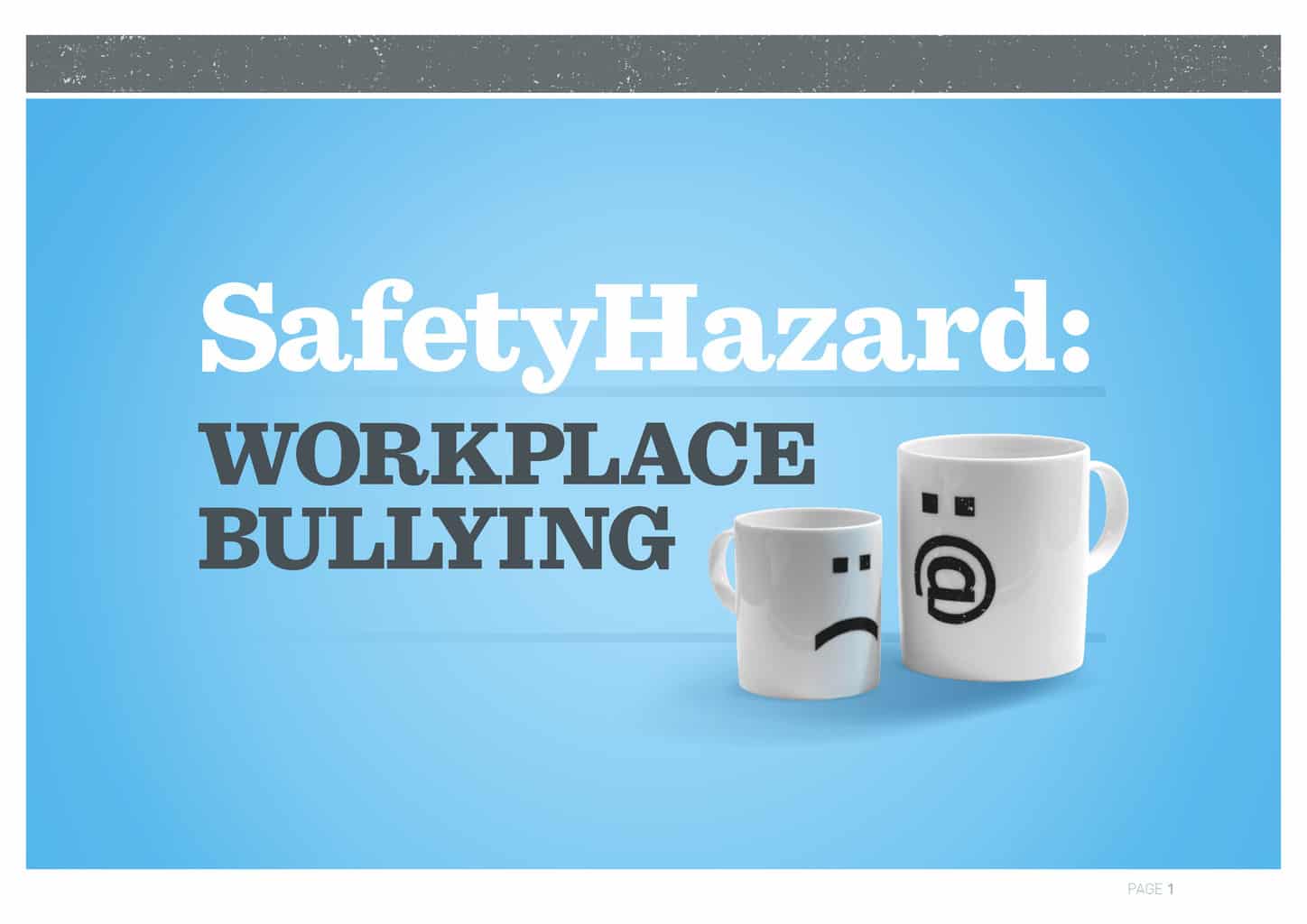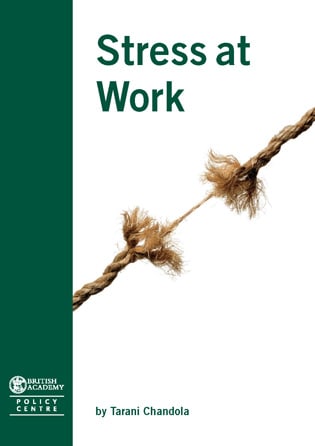Occupational health and safety has many examples of addressing small or short-term issues rather than facing the difficult and hard, but more sustainable, control measures. I was reminded of this by a recent media statement from the United States Chemical Safety Board (CSB) in relation to fatigue management.
In 2007 the CSB recommended that, following the Texas City refinery fire,
“the American Petroleum Institute (API) and the United Steelworkers International Union (USW) jointly lead the development of an ANSI consensus standard with guidelines for fatigue prevention in the refinery and petrochemical industries.” [links added]
The progress of API and USW in developing the 2010 ANSI-approved Recommended Practice 755 (RP 755) has been reviewed by the CSB staff and they have found the following disturbing problems:
- “The document was not the result of an effective consensus process, and therefore does not constitute a tool that multiple stakeholders in the industry can “own.” It was not balanced in terms of stakeholder interests and perspectives, and did not sufficiently incorporate or take into account the input of experts from other industry sectors that have addressed fatigue risks. Continue reading “CSB pushes for a more effective discussion on fatigue management”


